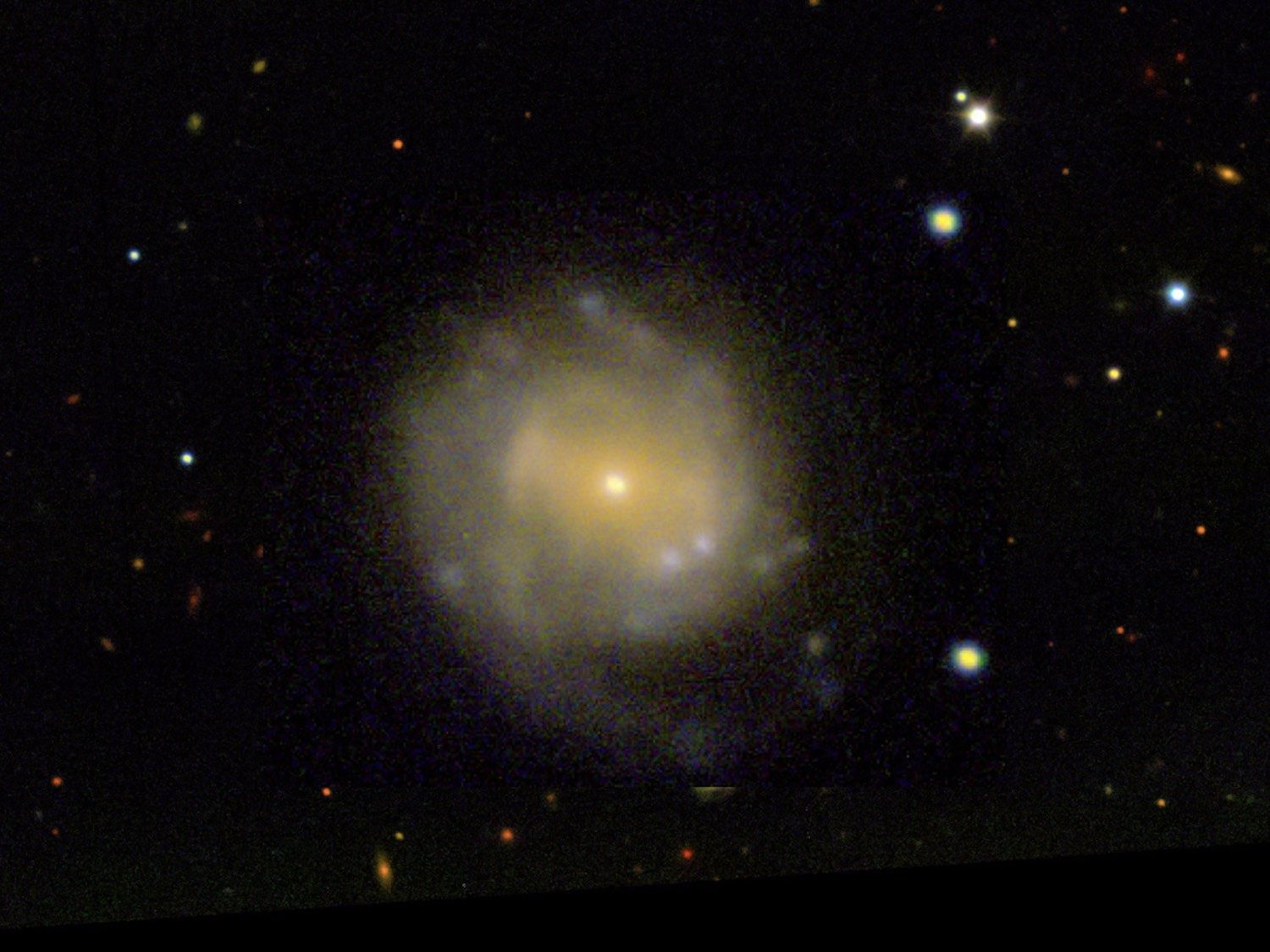
The analysis - detailed in The Astrophysical Journal - marks the first time the violent transformation from star to compact object has ever been recorded.
The discovery began in June 2016 when ATLAS telescopes in Hawaii captured a new and intensely bright phenomenon beaming out of the Hercules galaxy, about 200 million light-years from Earth. The event was hyper-transient, disappearing after just 16 days and leaving observers wondering about its cause.
"We thought it must be a supernova," says Raffaella Margutti, of Northwestern University in the US. "But what we observed challenged our current notions of stellar death."
The mysterious object was dubbed "AT2018cow" and quickly nicknamed The Cow.
As the astronomers began to dig deeper into the data gathered by the telescopes - augmented by additional material obtained from the MMT Observatory in Arizona, US, and the Southern Astrophysical Research SOAR Telescope in Chile - the supernova theory quickly fell over and the search for a different explanation commenced.
One of the factors that confounded the initial assumptions was the sheer brightness of The Cow. It was between 10 and 100 times more luminous that typical supernovae. In addition, it was throwing particles out at an astonishing 30,000 kilometres per second - about 10% the speed of light.
With some additional data, a second explanation was proposed.
"Based on its X-ray and UV emission, The Cow may appear to have been caused by a black hole devouring a white dwarf," says Margutti.
However, observations of other wavelengths produced results that simply didn't fit with that idea.
Time was of the essence. After only a fortnight, The Cow had faded, and would soon disappear completely.
In a last-ditch observation, Margutti and colleagues deployed the Keck Observatory's Low Resolution Imaging Spectrometer (LRIS) and Deep Imaging and Multi-Object Spectrograph (DEIMOS) in an effort to determine the chemical composition of the material ejected by the titanic explosion.
The results showed clear evidence of helium and hydrogen - findings that comprehensively ruled out the possibility that the phenomenon was caused by the merging of compact objects.
By a process of elimination, the possible nature of The Cow was becoming more and more constrained. The astronomers, however, remained reluctant to draw the increasingly obvious conclusion.
"It took a while for us to realise what we were looking at, I would say months," says co-author Brian Metzger, from Columbia University in the US.
"We tried several possibilities and were forced to go back to the drawing board multiple times. We were finally able to interpret the results, thanks to the hard work of our incredibly dedicated team."
And the result of that interpretation?
"The Cow is actually the formation of an accreting black hole or neutron star," says Margutti.
"We know from theory that black holes and neutron stars form when a star dies, but we've never seen them right after they are born. Never.



Reader Comments
There are no black holes.
Theory must be based upon observation, not mathematics!
We have never seen a black hole. Hawking died decades ago. It suits bankers to pretend that science ifs gobbledygook and not to look for innovation that advances knowledge and invalidates profitable industries